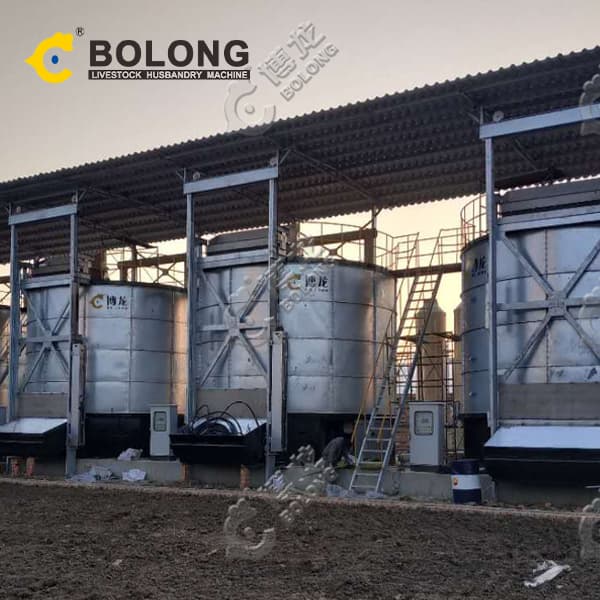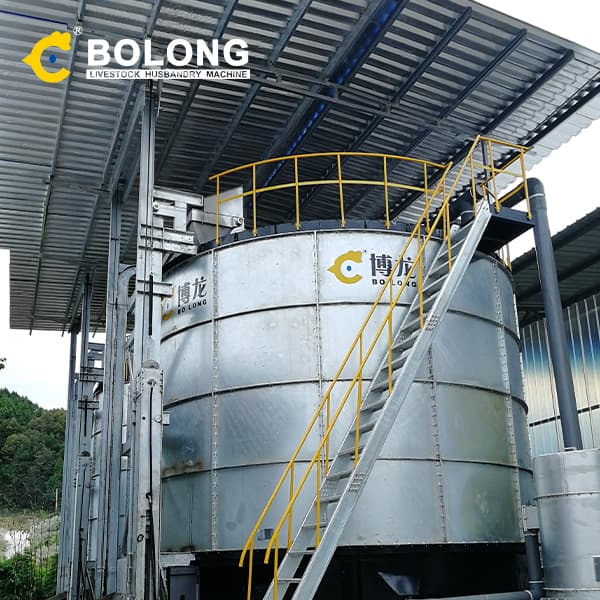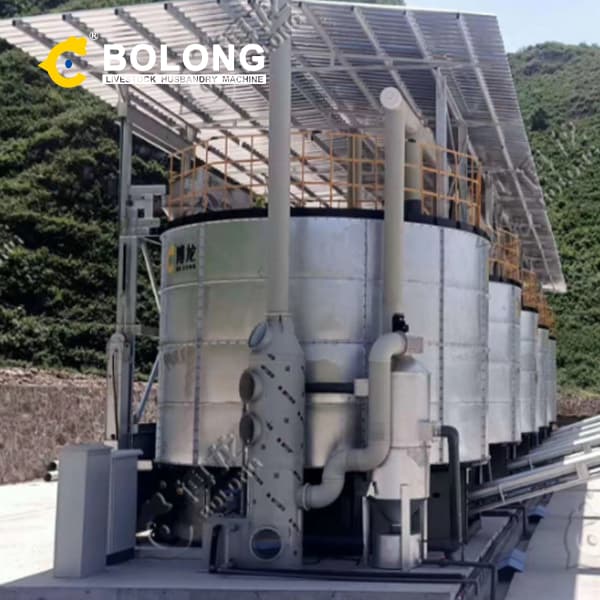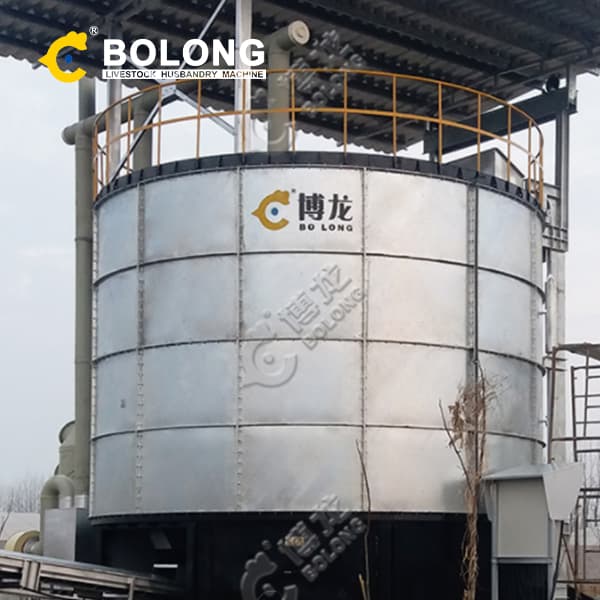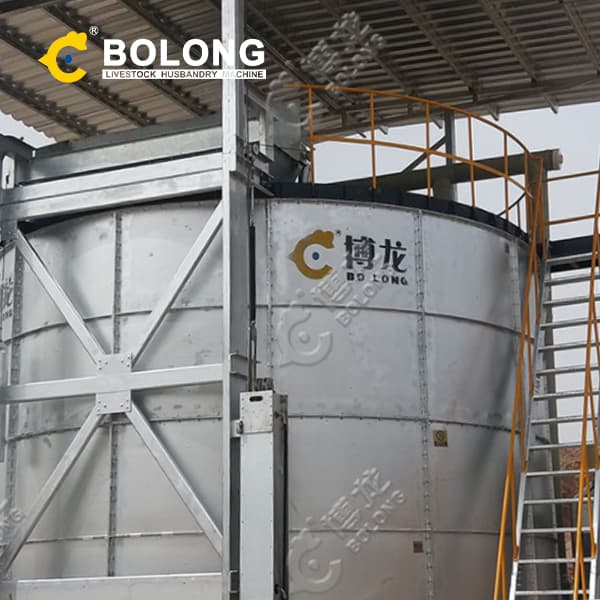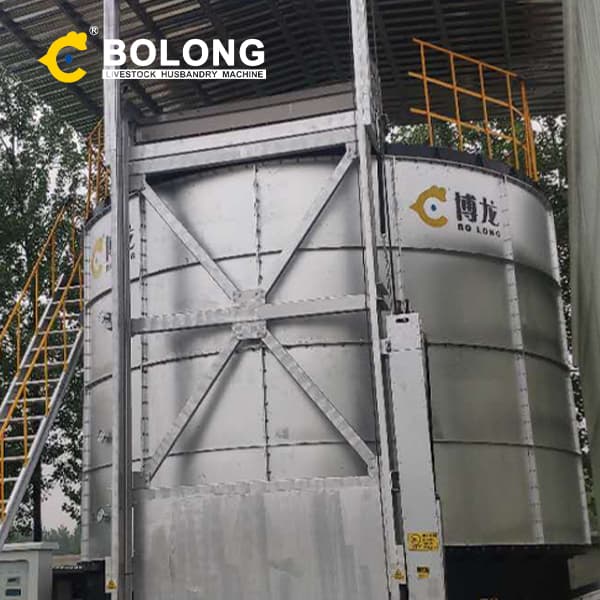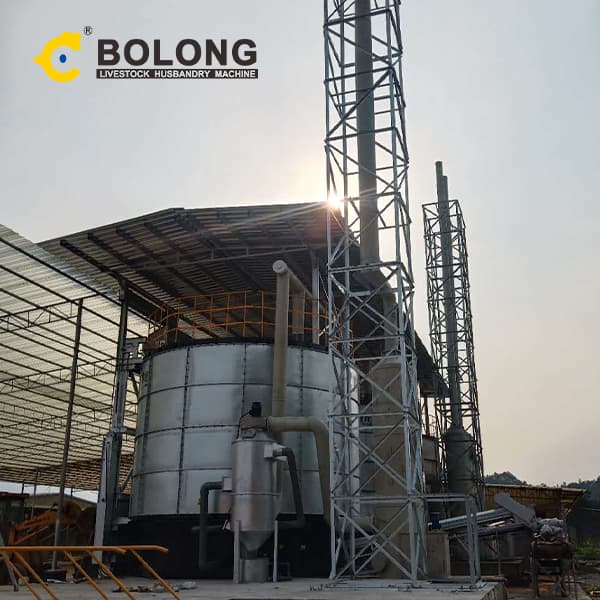-
Discover the broadest selection of bioreactors & fermenters in the industry. Scalable from 8 mL up to 2,000 L, single-use or made from stainless steel! English; eShop ; Products The array of automated multi-parallel mini bioreactors and classic benchtop bioreactors supports fast and reliable development and characterization of your ...
-
2023/12/18/ · Understanding the Basics of a Fermenter The process of fermentation has been used for centuries to produce a wide range of products, from alcoholic beverages to pharmaceuticals. Oxygen is essential for the growth of aerobic microorganisms involved in fermentation. The aeration system supplies oxygen to the fermentation
-
BioCONCLUSIONS I An automated system for on-line monitoring of gases from aerobic and anaerobic solid-state cultures, as developed in the present studies, is suitable for analysis of gases from eight fermenters or the same number of sampling ports in a
-
In the case of aerobic fermentation, the parameters related to respiration are direct indicators of the state of the culture. In aerobic fermentation, a certain amount of O 2 Automatic activation of the addition pump using a recipe according to the values of the CO 2 and effect of the feeding in the evolution of the culture.
-
2023/8/31/ · aeration provides oxygen for aerobic fermentation. • Fermenters can be used in conjunction with semi-automated and fully automated computers . to improve process efficiency, ...
-
The fermentation processes are highly sensitive and the hygienic demands are high. For an exact reproduction of the biological process flow, Ruland uses GMP-compliant aseptic technologies with fully automated measurement- and control technology. This allows our customers to control the processes at the fermenters in every detail.
-
ING gas dispersion in fermenters is a widely published topic that has typically emphasized such issues as agitator power, liquid holdup and flood-ing (1). Recent articles have focused on the advan- Aerobic fermentation was commercialized in the 1940s, with its first product being penicillin. At that time, radial im-pellers, such as the ...
-
2022/4/8/ · Inherently occurring foam formation during aerobic fermentation of surface-active compounds can be exploited by fractionating the foam. This also serves as the first downstream processing step for product
-
A broad range of cell types and organisms can be cultivated in bioreactors and fermentors, including cells (like mammalian cell lines, insect cells, and stem cells), microorganisms (like bacteria, yeasts, and fungi), as well as plant cells and algae. Bioreactor and fermentor are two words for basically the same thing.
-
2020/1/24/ · Self-cycling fermentation (SCF) is an automated semi-continuous fermentation technique in which the onset of stationary phase, identified in real-time by a monitoring parameter, such as dissolved oxygen or carbon dioxide evolution rate (CER) in aerobic systems [6,7,8,9], triggers a cycling process. At this point, half the volume of the
-
2021/6/8/ · It consists of unbalanced ROS/RNS levels, which are connected to increased aerobic fermentation that links to alpha-tubulin-based cell restructuration and progression of cell cycle. We conclude that anti-viral/anti-SARS-CoV-2 strategies need to rigorously target ‘CoV-MAC-TED’ in primary infected nose and mouth cells through
-
This stage represents the weak fermentation part of the technology and results in an elongated post fermentation section. Furthermore, statistically significant correlations were found between composting key parameters, such as ammonium content with temperature and organic matter content with organic nitrogen content.
-
2021/8/18/ · The dynamics of the fermentation process were observed in three contrasting locations, monitoring different variables and evaluating the final quality of the cocoa. Results show that temperature and pH profile are the key factors to be monitored and controlled in order to achieve high-quality cocoa beans.
-
Bakers' yeast is produced in a 50,000 L fermenter under aerobic conditions. The carbon substrate is sucrose; ammonia is provided as nitrogen source. The average biomass composition is CH18300.55N0.17 with 5% ash.
